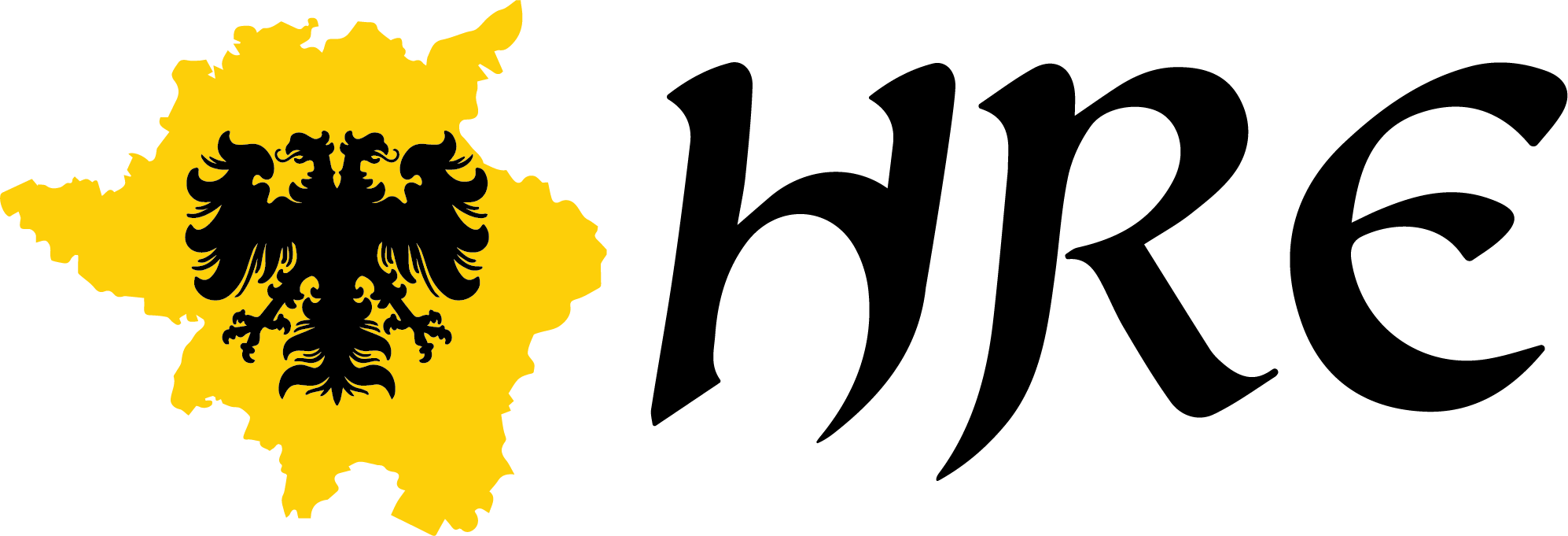Lordship of Landskron
Landskron-Jülich condominium
Lordships of Adendorf & Villip
Landskron Castle was built by modern Bad Neuenahr in the early 13th century and a burgraviate grew up around it. In 1369, the male line died out and claims passed to the female line. By 1397, two different families shared sovereignty, each with its own “Anteil”: the Tomburg family (2/3) and the Eyneburg family (1/3). Over the years, ownership of each share was sold, subdivided, and recombined many times. To avoid confusion, I retain the original Anteil names, regardless of who actually owned them.
The sovereignty over two of the villages in the Tomburg Anteil (Gimmigen and Kirchdaun) was split between Landskron and Jülich. I begin the database for Landskron in 1565—the year Schleiden assumed administrative responsibilities for the Jülich portions. Landskron itself held administrative responsibilities for the Jülich portions between 1641 and 1661. During that period, I render the simplified country name as “Jülich-Landskron”.
In 1659, the Leyen and Gudenau families, owners of the Eyneburg share, carried out a three-way trade with the Duke of Jülich. The Leyen family received from Jülich sovereignty over Herrschaft Adendorf (which it had been administering anyway) in exchange for the Leyen share of Landskron. The Gudenau family received Dingstuhl Villip from Jülich in exchange for half of the Gudenau share of Landskron. That effectively created a Jülich Anteil within Landskron. Because the Tomburg family retained a 1/3 share of all of the villages in the Jülich Anteil, I treat that as a condominium with the simplified country name of Landskron\Jülich.
After 1659, Herrschaft Adendorf became a subdivision of the Barony of Leyen-Adendorf (later subsumed by the Barony, then County, of Leyen-Hohengeroldseck). Villip became the Lordship of Villip.
Subdivisions of Landskron and Landskron\Jülich
- Tomburg Anteil 1565 - 1794
- Eyneburg Anteil 1565 - 1794
- Jülich Anteil 1659 - 1794
